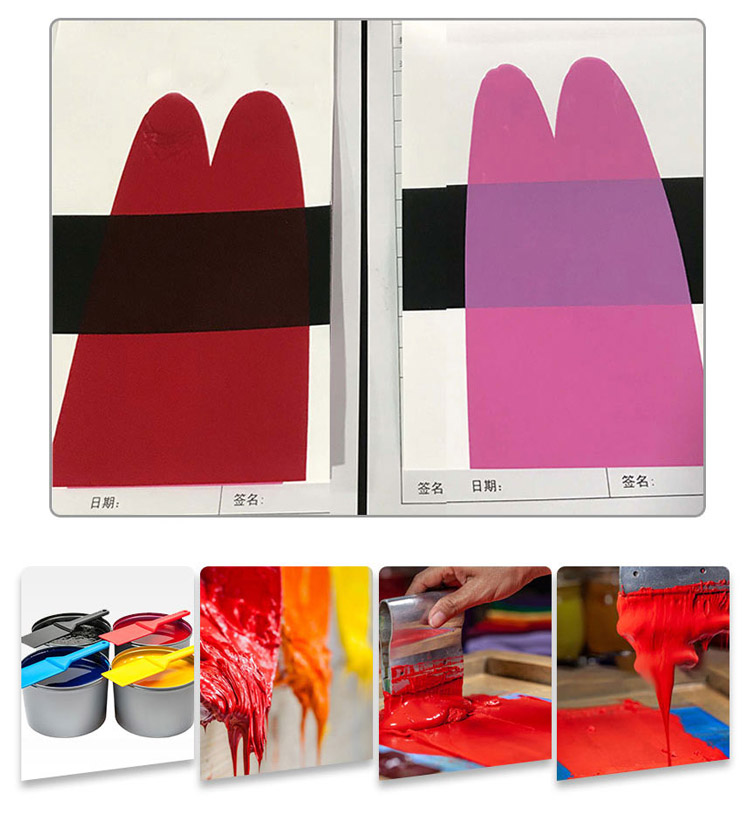categories
recent posts
In the production of coatings, we must disperse the effect pigments uniformly and stably in most of the organic binders (composed of resins and solvents), which means that the effect pigments must be surrounded by organic solvents. In addition, after most paints are colored by pigments, they will inevitably come into contact with organic solvents (detergents, gasoline and lubricating oil, etc.) during their effective service life.
Therefore, this requires that the effect pigments should be as insoluble in organic solvents as possible. If it cannot be insoluble, we should realize that in various organic solvents, there is a limit to the addition of pigments. If this tolerance is exceeded, staining caused by pigments dissolved in solvents will occur.

The solvent resistance of effect pigments is essentially the ability of pigments to resist the dissolution of solvents and cause staining. Inorganic pigments (determined by their own chemical structure characteristics) and some organic synthetic pigments with complex structures generally have good solvent resistance. However, some lower grade organic pigments and surface treated pigments have poor solvent resistance.
Solvents used to determine the solvent resistance of pigments include water, rosin, toluene, xylene, methyl ethyl ketone, ethanol, ethyl acetate, diethylene glycol and trichloroethylene.
the professional team to service !